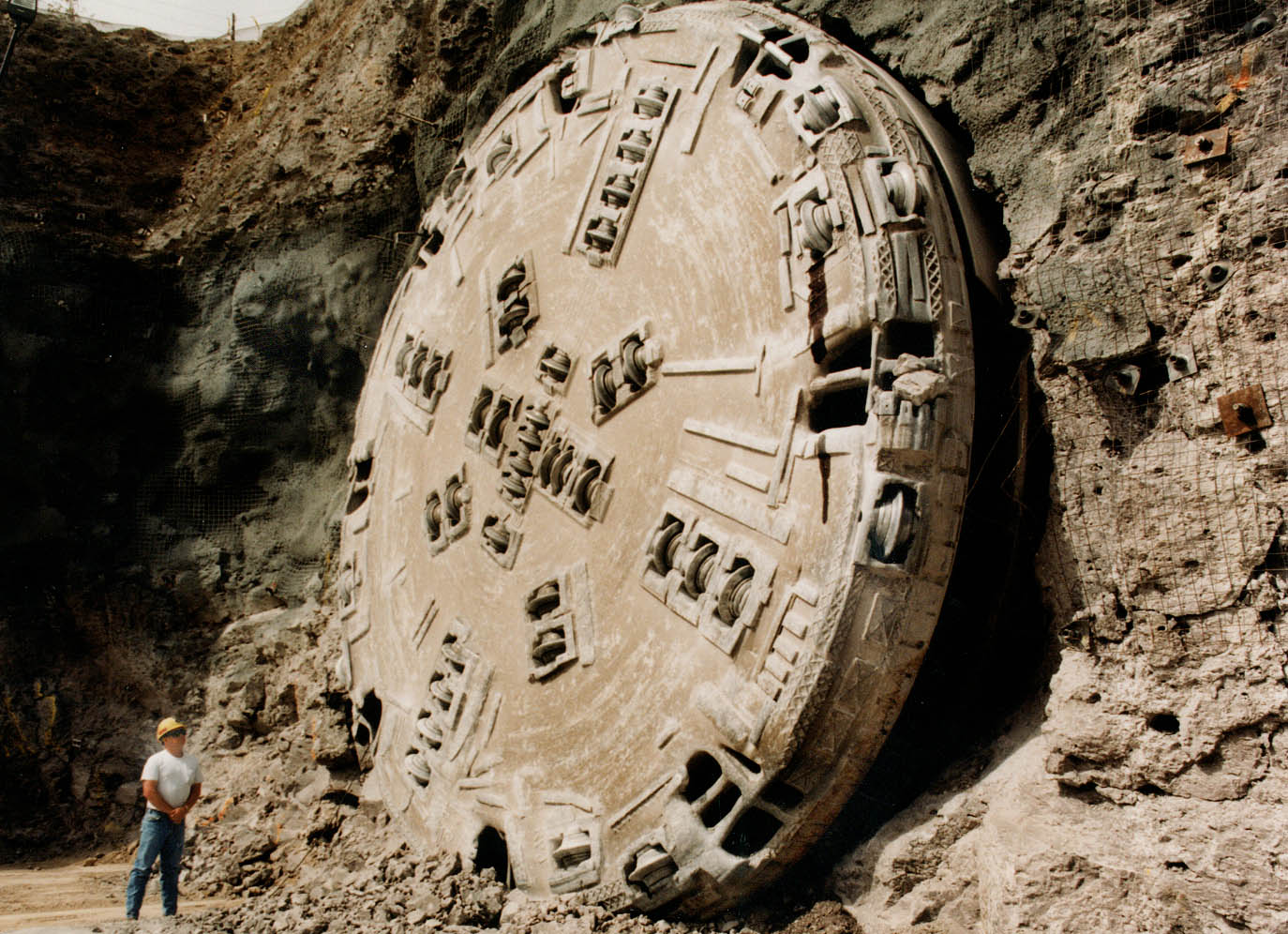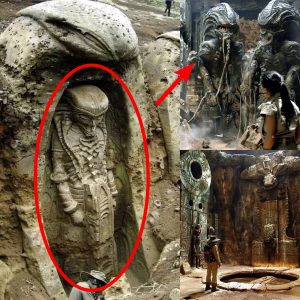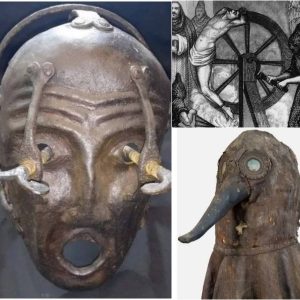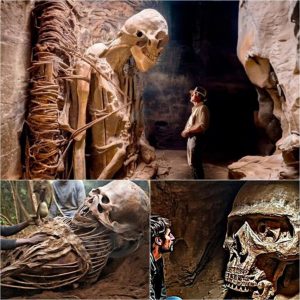Throughout history, archaeological discoveries have consistently reshaped our understanding of human civilization, culture, and evolution. Some finds, however, stand out for their ability to completely rewrite our historical narratives. Here are some of the most astonishing archaeological discoveries that challenge our understanding of the past.
The Antikythera Mechanism: The Ancient Greek Computer
Discovered in 1901 off the coast of the Greek island Antikythera, this ancient analog device dates back to around 100 BCE. The Antikythera Mechanism is believed to be the world’s first computer, used to predict astronomical positions and eclipses. Its complexity suggests that ancient Greeks had far more advanced technological knowledge than previously believed.
Göbekli Tepe: The World’s Oldest Temple Complex

Situated in modern-day Turkey, Göbekli Tepe dates back to around 9600 BCE, making it the oldest known temple complex in the world. Its intricate carvings and massive stone pillars indicate that prehistoric hunter-gatherers were capable of sophisticated construction and symbolic thought much earlier than previously assumed.
The Voynich Manuscript: The Unbreakable Code
The Voynich Manuscript, an illustrated codex from the early 15th century, remains one of the most enigmatic documents ever discovered. Written in an unknown script and language, it has defied all attempts at decryption. Its purpose and origin continue to baffle scholars, challenging our understanding of medieval knowledge and cryptography.
The Terracotta Army: Guarding an Emperor’s Tomb
Unearthed in 1974 near Xi’an, China, the Terracotta Army consists of thousands of life-sized clay soldiers buried with China’s first Emperor, Qin Shi Huang, around 210–209 BCE. The level of detail and the sheer scale of the army suggest advanced techniques in artistry and mass production, altering our perception of ancient Chinese capabilities.
The Nazca Lines, a series of large ancient geoglyphs in Peru, were created by the Nazca culture between 500 BCE and 500 CE. These massive designs, best viewed from the air, include animals, plants, and geometric shapes. Their purpose remains unclear, leading to various theories ranging from astronomical calendars to alien runways, challenging our understanding of pre-Columbian societies.
The Baghdad Battery: Ancient Electrical Device
The Baghdad Battery, discovered in Iraq and dating back to the Parthian or Sasanian periods (roughly 150 BCE to 650 CE), consists of a clay jar with a copper cylinder and iron rod. Some researchers believe it could have been used as a galvanic cell for electroplating or other electrical purposes, suggesting that ancient people might have had knowledge of electricity long before it was officially discovered.
The Piri Reis Map: Anomalous Cartography
Created in 1513 by the Ottoman admiral Piri Reis, this map accurately depicts parts of Europe, Africa, and South America with remarkable precision. What makes it particularly intriguing is its depiction of the Antarctic coast, free of ice, suggesting ancient mariners had knowledge of these regions long before modern discoveries and explorations.
The Sacsayhuamán Walls: Inca Stonework
The Sacsayhuamán fortress in Peru, constructed by the Incas in the 15th century, features immense stone walls with precisely cut and fitted stones that do not require mortar. The engineering techniques used to move and assemble these massive stones remain a mystery, challenging our understanding of Inca architectural and engineering prowess.
Located in Ecuador, the Tayos Caves have yielded artifacts that challenge our understanding of ancient cultures. The most controversial discovery is a collection of metal books and artifacts that some believe to be evidence of a highly advanced, yet unknown civilization. While much of the evidence remains disputed, the Tayos Caves continue to intrigue researchers and adventurers.
Conclusion
These mind-blowing archaeological finds compel us to rethink our historical narratives and acknowledge the ingenuity and sophistication of ancient civilizations. As we continue to unearth the secrets of the past, each discovery serves as a reminder of the vast, untapped knowledge that lies beneath the surface, waiting to redefine our understanding of human history.







